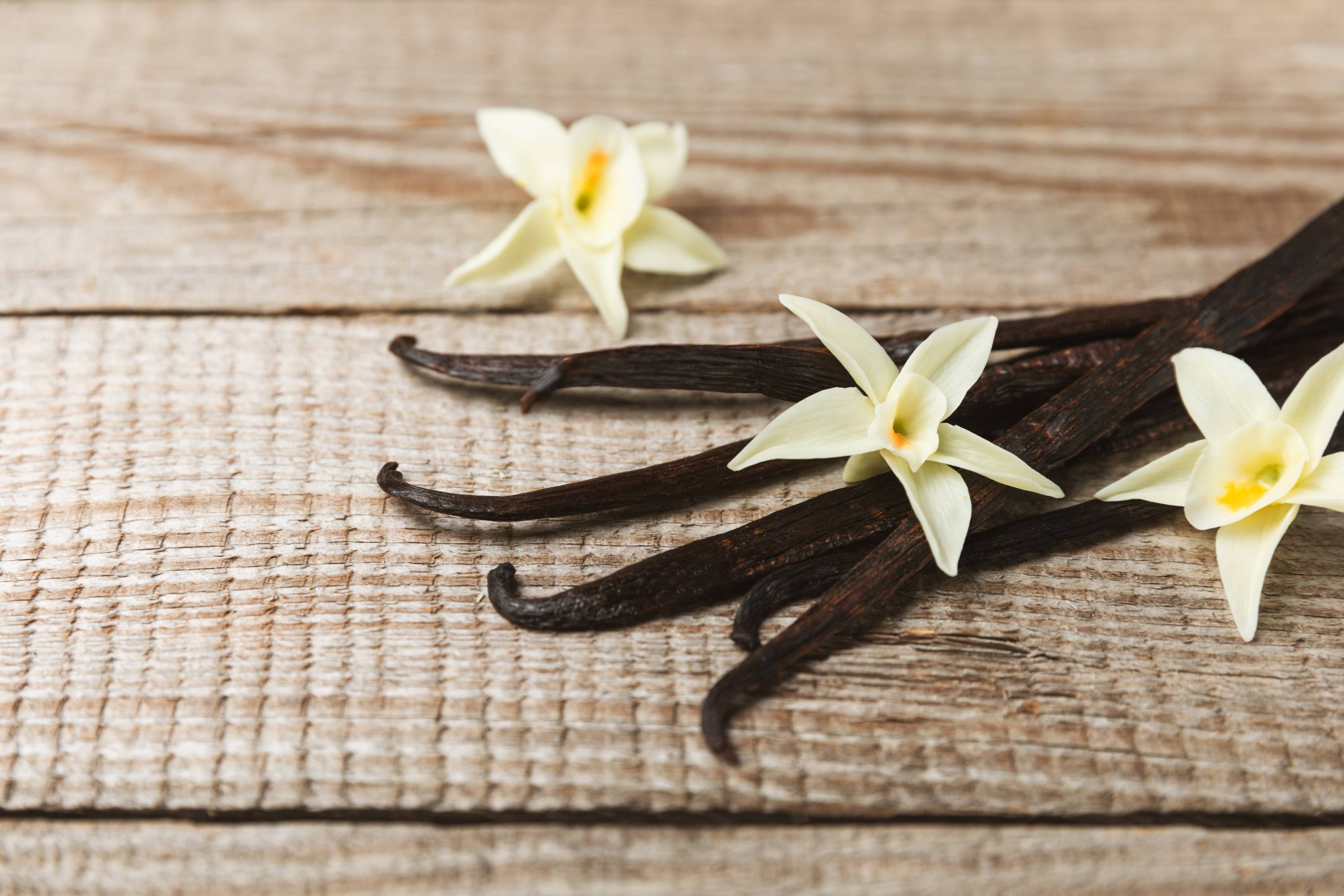Description
Pineapples are enjoyed globally for their juicy and refreshing taste. Their tropical appearance is characterised by a rough, scaly skin and a distinctive crown of leaves. They play a significant role in the culinary world, featuring in a variety of dishes, from fruity cocktails and desserts to savoury meals. Besides their culinary uses, pineapples are also a source of Vitamin C and other micronutrients, making them a valuable addition to a balanced diet.
Historical Background
The origin of the pineapple is in the tropical regions of South America, particularly in the areas now known as Paraguay and Brazil. Christopher Columbus discovered this fruit in 1493 on the island of Guadeloupe during his second voyage and introduced it to Europe. Over the centuries, pineapples have become native to tropical climates worldwide. Today, Costa Rica, the Philippines, and Thailand are among the largest producers of this prized fruit.
Fascinating Facts
- The pineapple is not a single fruit, but a collection of many small berries fused around a central core.
- Bromelain, an enzyme found in pineapples, is used in marinades to tenderise meat.
- In the textile industry, pineapple leaves are processed into natural fibres used as a sustainable leather alternative.
- In Chinese culture, the pineapple symbolises luck and prosperity, often given as a gift during New Year celebrations.
- In some Thai and Indian curries, fresh pineapple is used to add a sweet and tangy note.

























